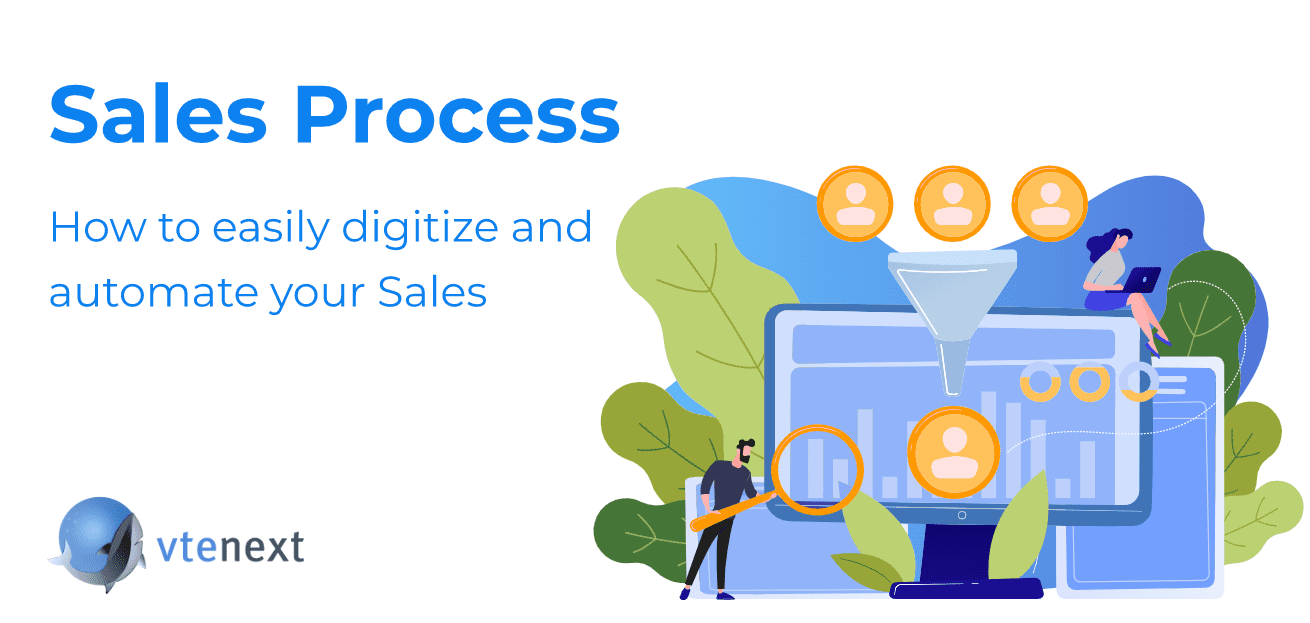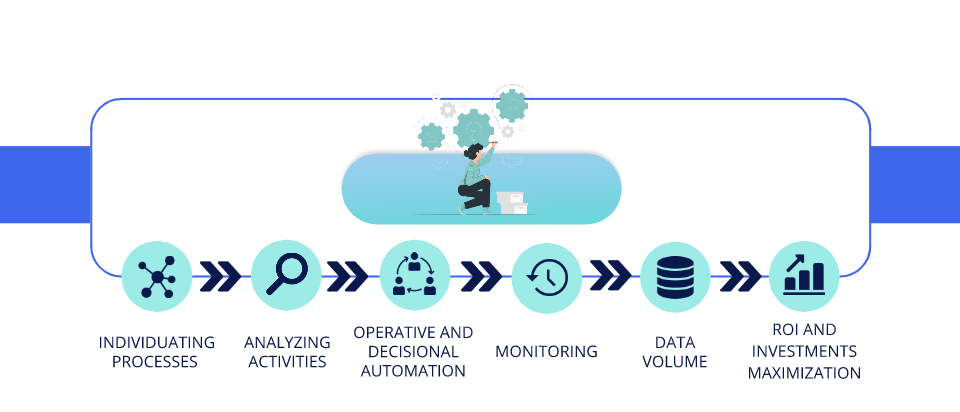A sales process is a series of replicable actions done by a sales team to convert a Lead into a Customer.
The consumers’ behaviour and the related sales process is constantly changing and evolving. Especially, during the last two years, there has been a fast digitalization which deeply changed the relationship between consumer and brand.
The new digital customer doesn’t care about where he is buying, he only looks at the most safe, cheap and fast way to buy.
The customer is more and more demanding and ambitious:
- He pretends a direct relationship with the brand
- He follows his favourite influencers trying to emulate their lifestyle
- He is influenced by them but, at the same time, he wants to influence brands through reviews and posts
- His buying choices derive from the big amount of information he has access to.
- He isn’t loyal: because of the bigger and bigger offer, and having access to a lot of information, he is tempted to try new and different buying experiences.
Managing the relationship and the communication with the customer is extremely difficult for companies.
What should we do?
We need to underline that digitalization is not only about the part of a company visible to the customer. Spreading a digital approach within the organization is also about breaking down the internal communicative walls, tracking, defining and measuring effective activities and providing the right tools and training to the team members.
8 phases of a successful sales process

To formulate a successful sales process it is necessary to identify each step of a negotiation, from the beginning to the end.
We identified 7 steps you can effectively manage with vtenext:
1.Preparation: being well prepared about your product, the unique selling proposition, your target and the problems your product solves is an important starting point for each sales process. Another fundamental activity is the analysis of competitors’ products, strengths and weaknesses.
2.Leads generation: you can search for new customers using traditional techniques, for example through phone calls, or using advanced marketing tools. Then it is possible to identify a detailed profile of the target customer and consequently take advantage of specific communication activities on social media, SEO contents on your own website, industry fairs, etc.
3.First contact: as mentioned before, the faster you get in touch with a lead, the greater are your chances to close the deal. According to Vendasta, contacting a lead in more than five minutes reduces your chances of converting it by 80%.
4.Appointment: the moment during which you have a direct contact with your prospect and you try to explain your product’s strengths analyzing the customer’s needs to formulate the best offer you can. It is a very important moment to get the first feedback from the potential customer.
5.Offer: Through the information collected during the presentation it is possible to formulate a tailor made offer. The salesman, during this step, has to be able to predict the conversion chances.
6.Follow-up: after some time from the offer formulation you can contact the potential customer to ask for feedback and to answer any questions. Digital systems can make this step easier, automatically creating reminders inside the salesman calendar.
7.Deal closing: during this step the salesforce takes all the bows from their work. It is really important to track the different team’s sales trends to identify bottlenecks or more profitable products.
8.After sale, cross and up selling: satisfied customers have more chances to buy complementary products, or other products, from you. For this reason, you have to maintain your relationship alive, updating them about your news and regularly asking for feedback.
How to digitize your sales process
To successfully optimize a sales process 3 elements are fundamental:
Technological, effective and reliable tools
People, without a strong engagement of the involved employees the project is destined to the failure
Vision, before the starting it is necessary to clearly define your goals
All the company’s activities must be organized in effective and clear workflows. But optimizing the single processes of a specific business area is not enough.
It is important to avoid the silo mentality: the starting lead management process is connected to the take in charge and assignment process, which is connected to the offer creation and delivery process, and so on.
Effective sales processes increase the amount of conversions and make sales managers able to provide positive and coherent experiences.
The 4 steps to effectively digitize a sales process
1.Defining a clear and unique process: the initial analysis is fundamental for a good start. During this step it is important to define roles, touchpoints and the best practice to be followed
2.Engaging all the involved professionals: the adoption of a software doesn’t mean that it will be used by everybody. In the same way, the definition of a process doesn’t consequently mean that you are going to actually use it
3.Defining measurable and reachable KPIs: as the average time necessary for the first contact with a lead, the amount of fixed appointments, etc.
4.Monitoring and constantly improving the flow: as well as tracking the changes, it is a good practice to monitor the flow to find out bottlenecks, updating and adapting it to internal or external changes.
Implementing a digitized sales process
Why is it important to implement a digitized sales process?
- To capitalize the efforts you made during the lead generation step and your investments
- To help also the less experienced sales managers keeping them updated on the best practices and to fastly learn “what to do” during the different sales steps
- To increase your revenues: the sales team has a common path to manage the deals, so an effective road map to follow
- To increase the customer satisfaction: leads are managed fastly, without losses of time.

